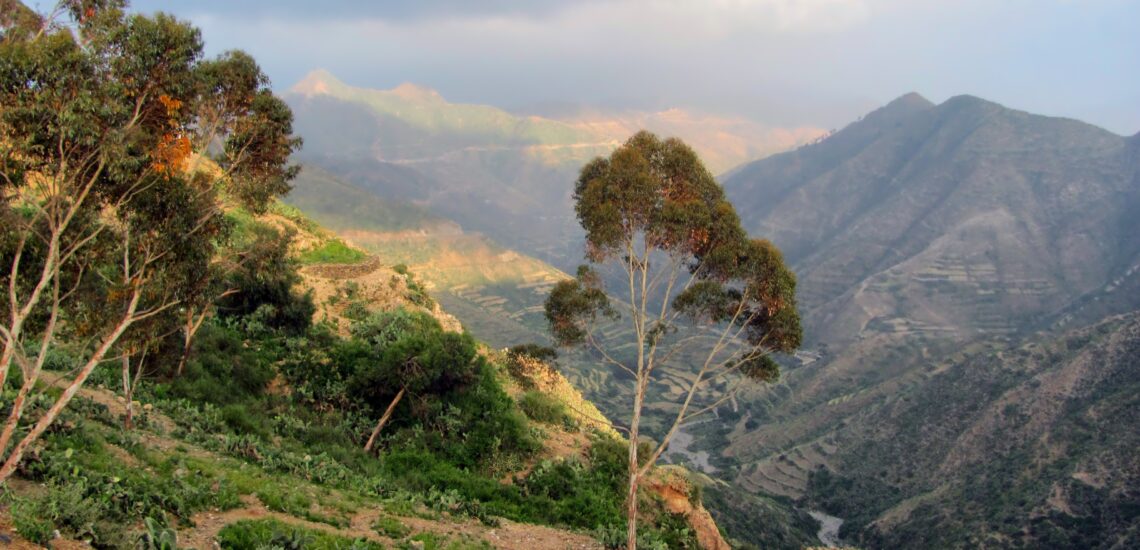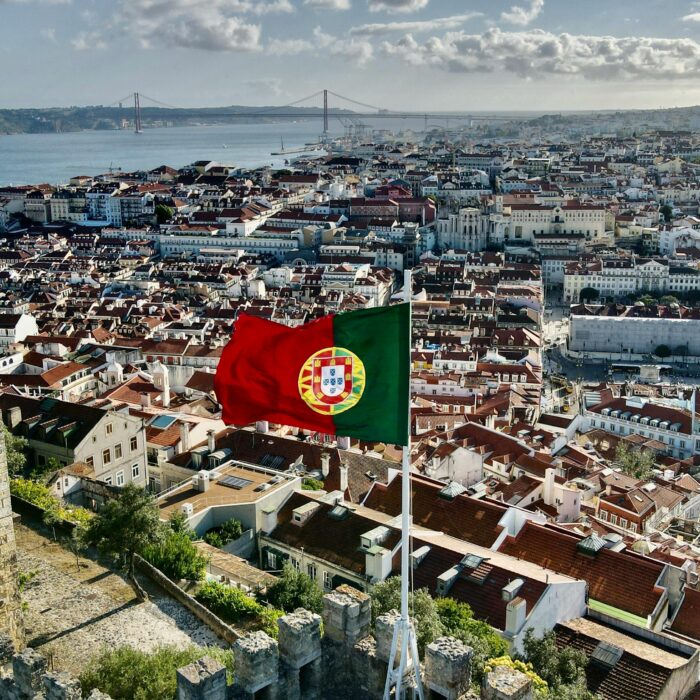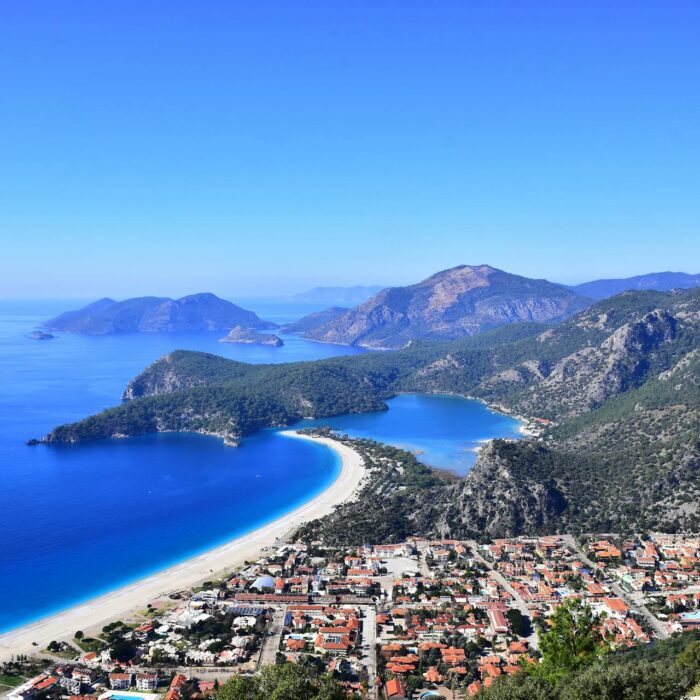Quick facts about Eritrea:
- Population: Approximately 6 million people.
- Capital: Asmara.
- Official Languages: Tigrinya, Arabic, and English.
- Other Languages: Several indigenous languages are spoken, including Tigre, Bilen, and Kunama.
- Currency: Eritrean Nakfa (ERN).
- Government: Unitary one-party presidential republic.
- Major Religion: Christianity (primarily Eritrean Orthodox Christianity), with significant Muslim and small minority of other religious groups.
- Geography: Located in the Horn of Africa, bordered by Sudan to the west, Ethiopia to the south, Djibouti to the southeast, and the Red Sea to the east.
Fact 1: Eritrea is an archaeologist’s paradise
One of the most significant archaeological sites in Eritrea is Qohaito, an ancient city that dates back to the pre-Christian era. The site features impressive ruins including rock-cut tombs, inscriptions, and ancient buildings, providing valuable insights into the region’s early history and trade connections.
The Nabta Playa region, although primarily associated with Egypt, extends into Eritrea and is known for its prehistoric rock art and archaeological finds. This area offers a glimpse into the early human settlements and their interactions with the surrounding environment.
In addition to these, Eritrea’s ancient port city of Adulis was a major trading hub in antiquity, linking the Red Sea with the interior of Africa. The ruins of Adulis, including remnants of Roman and Aksumite architecture, highlight its historical significance as a key trade center.
The Keren region, known for its well-preserved Ottoman-era architecture, and the Asmara area, with its Italian colonial buildings, further contribute to the country’s archaeological and historical richness.
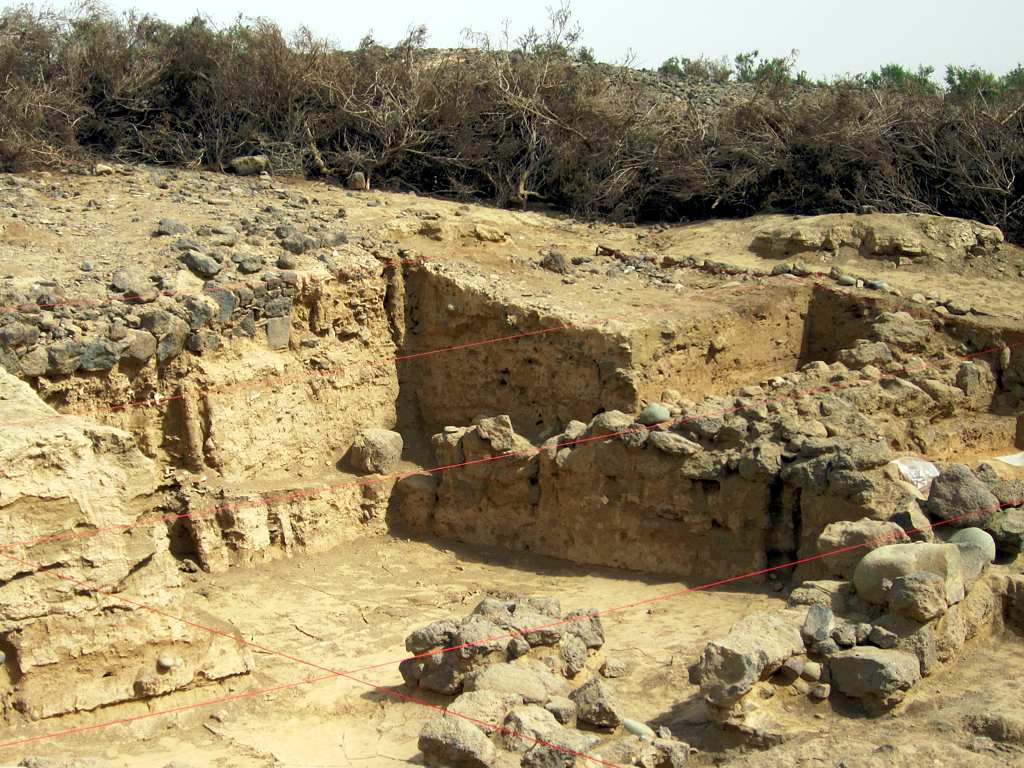
Fact 2: The name Eritrea is derived from the Red Sea
The term “Eritrea” comes from the Greek word “Erythraia,” which means “red” and is used to refer to the Red Sea.
The name was adopted during the Italian colonial period in the late 19th century. Italy established Eritrea as a colony in 1890, and they chose the name “Eritrea” to highlight the country’s coastal location along the Red Sea. The name was derived from the Greek term for the Red Sea, “Erythra Thalassa,” which translates to “Red Sea.”
Fact 3: Eritrea was part of the Kingdom of Aksum
The Kingdom of Aksum, also known as the Aksumite Empire, thrived from approximately the 4th to the 7th centuries AD, and its influence extended over parts of modern-day Ethiopia, Eritrea, Sudan, and Yemen.
The Aksumite Empire was renowned for its impressive architectural achievements, including monumental stelae (tall, carved stones) and the construction of grand churches. The city of Aksum (in present-day northern Ethiopia) was the empire’s capital and a major center of trade and culture. Eritrea, with its strategic location along the Red Sea, played a crucial role in the empire’s trade network.
The region of Eritrea, particularly around the city of Adulis, was a vital port that facilitated trade between the Aksumite Empire and other parts of the world, including the Roman Empire, India, and Arabia. This trade contributed to the empire’s wealth and cultural exchanges.
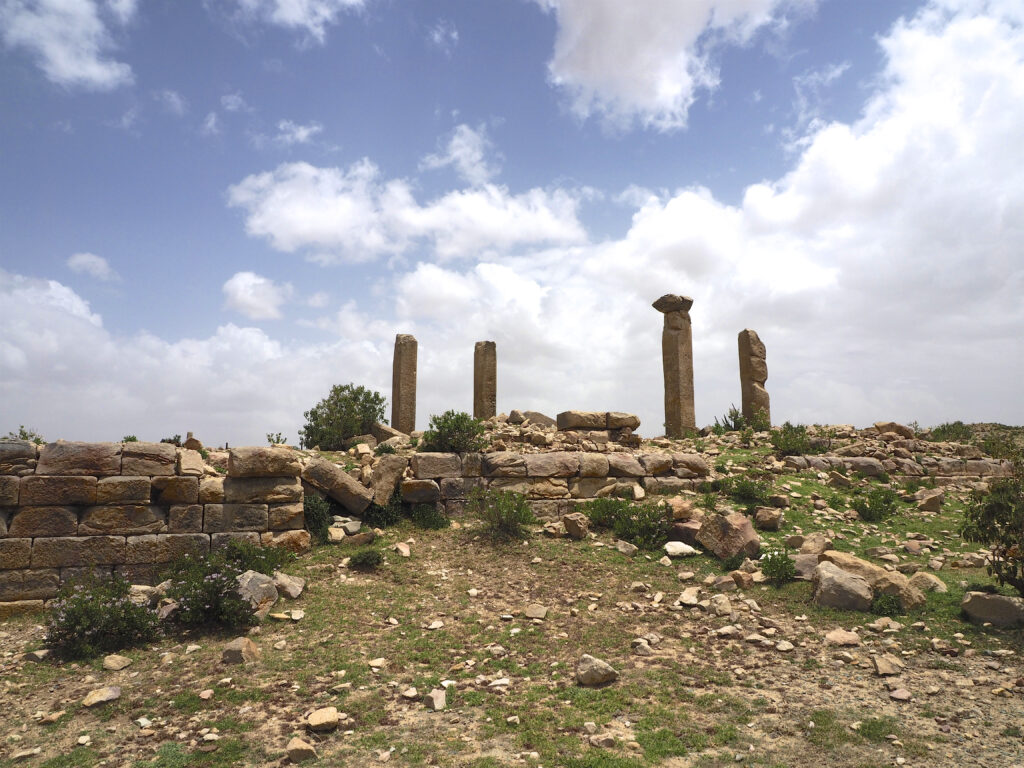
Check if you need an International Driving Permit to rent and drive a car in Eritrea if you plan to travel around the country on your own.
Fact 4: After the colonial period, Ethiopia occupied Eritrea
In the late 19th century, Eritrea was an Italian colony until World War II, when it was occupied by British forces. Following the war, the fate of Eritrea was a subject of international debate. In 1951, the United Nations proposed a federation of Eritrea with Ethiopia, which was accepted and implemented in 1952. However, in 1962, Ethiopia annexed Eritrea, dissolving the federation and making Eritrea a province of Ethiopia. This annexation was carried out without regard for the wishes of the Eritrean people, leading to widespread discontent.
The annexation triggered a protracted armed struggle for independence, which spanned over three decades. The Eritrean Liberation Front (ELF) and later the Eritrean People’s Liberation Front (EPLF) spearheaded the resistance against Ethiopian rule. The struggle was marked by intense conflict, including guerrilla warfare and political maneuvering. The conflict was also influenced by broader regional dynamics and Cold War geopolitics.
The Eritrean struggle for independence garnered significant international attention and support. After years of conflict and negotiation, the situation reached a turning point in 1991, when the EPLF, in alliance with other Ethiopian opposition groups, succeeded in overthrowing the Marxist Derg regime in Ethiopia. In 1993, a UN-supervised referendum was held in Eritrea, where the overwhelming majority of Eritreans voted for independence.
Fact 5: Eritrea’s capital is a well-preserved example of colonial architecture
Eritrea’s capital, Asmara, is renowned for its well-preserved colonial architecture, which provides a unique glimpse into the city’s past. The city’s architectural heritage is largely attributed to the Italian colonial period, which began in the late 19th century and lasted until the British took control after World War II.
Asmara’s architectural landscape is characterized by a blend of modernist and traditional styles, reflecting the influence of Italian design. The city boasts numerous examples of this architectural heritage, including:
- Art Deco Buildings: Asmara features several striking Art Deco buildings, a testament to the Italian influence on the city’s design. Notable examples include the Cinema Impero, an elegant cinema with classic Art Deco details, and the Meda Restaurant, showcasing streamlined, geometric forms typical of the style.
- Modernist Structures: The city also includes modernist buildings, such as the Stadium and various office buildings, which illustrate the broader trends in 20th-century architecture influenced by European styles.
- Neoclassical and Revivalist Architecture: Asmara’s landscape is adorned with neoclassical structures, including the Asmara Cathedral, which exhibits grandeur and classical proportions.
In recognition of its architectural significance, Asmara was designated a UNESCO World Heritage Site in 2017. The designation acknowledges the city’s exceptional preservation of early 20th-century modernist and colonial-era architecture, which provides a rare and comprehensive view of the era’s design and urban planning principles.

Fact 6: Eritrea is not a free country
Eritrea is known for its restrictive political environment and lack of democratic freedoms. The country has not held national elections since its independence in 1993, and the ruling People’s Front for Democracy and Justice (PFDJ) maintains tight control. President Isaias Afwerki has been in power since 1993, with no political opposition allowed.
Press freedom is severely restricted; all media outlets are government-controlled, and independent journalism is non-existent. Critics of the government face harassment and imprisonment. The country also has a notorious human rights record, with reports of arbitrary detention and forced labor.
Fact 7: Eritrea has a rich underwater world
Eritrea boasts a rich and diverse underwater world, particularly around the Red Sea, which is renowned for its vibrant marine ecosystems. The Red Sea’s coral reefs off the coast of Eritrea are some of the most pristine and least disturbed in the world.
Key highlights include:
- Coral Reefs: Eritrea’s coral reefs are teeming with marine life. These reefs provide crucial habitats for a wide variety of species, including colorful fish, sea turtles, and diverse invertebrates.
- Marine Biodiversity: The underwater ecosystems support a broad range of species, from small reef fish to larger pelagic species. The biodiversity includes unique species of coral and fish that are not commonly found elsewhere.
- Diving Opportunities: The Red Sea’s clear waters and abundant marine life make Eritrea a popular destination for diving enthusiasts. Locations such as the Dahlak Archipelago are particularly renowned for their underwater beauty and excellent diving conditions.
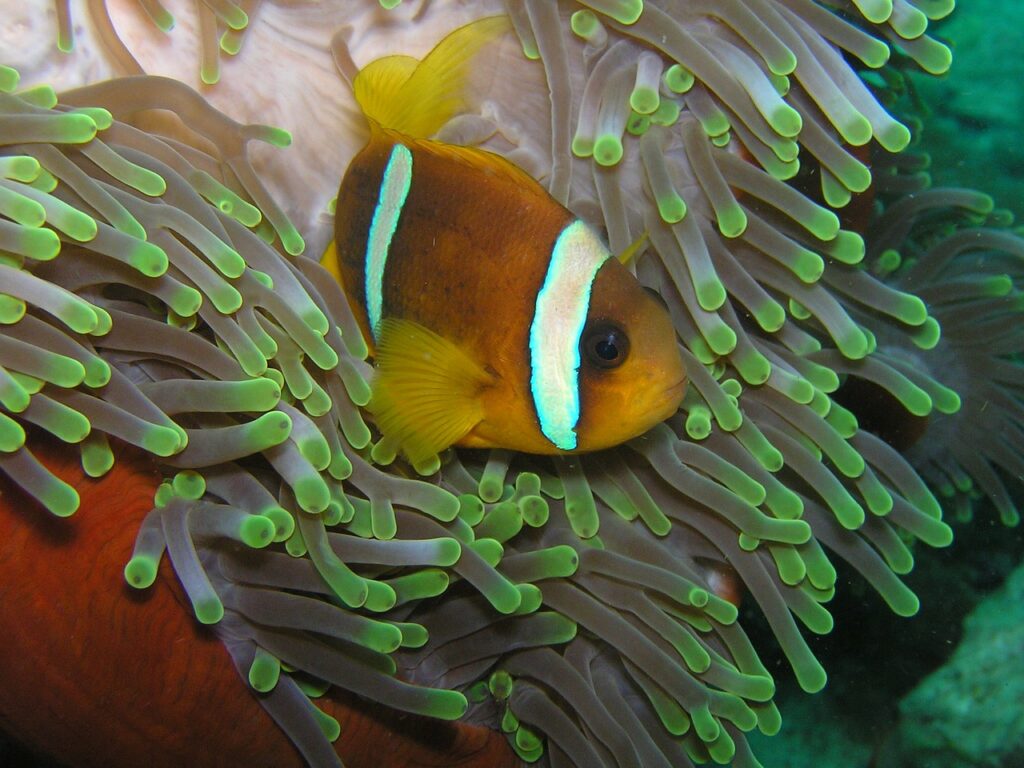
Fact 8: Eritrea is the hottest country in the world in terms of average annual temperature
Eritrea, particularly its Danakil Depression region, is known for having some of the hottest temperatures on Earth. The Danakil Depression, which stretches into Ethiopia and Djibouti, is one of the lowest and hottest places on the planet.
- Average Annual Temperature: The Danakil Depression has recorded average annual temperatures that consistently rank among the highest globally. The region experiences extreme heat, with average yearly temperatures often exceeding 34°C (93°F).
- Record Temperatures: The area has reported some of the highest temperatures ever recorded on Earth. For instance, in the nearby area of Dallol, temperatures can soar above 50°C (122°F) during the hottest months.
- Climate: Eritrea’s climate, particularly in the lowland regions like the Danakil Depression, is characterized by intense heat and arid conditions, contributing to its reputation as one of the hottest places on Earth.
Fact 9: Human remains about a million years old have been found in Eritrea
In Eritrea, significant archaeological findings have revealed human remains dating back about one million years. These ancient fossils were discovered in the Danakil Depression, a region known for its unique geological features and extreme conditions. The remains provide crucial insights into early human evolution and migration, highlighting Eritrea’s importance in understanding the origins of our species. The preservation of these fossils in such a harsh environment offers a rare glimpse into early human history.

Fact 10: Women have been fighting alongside men in Eritrea for a long time
In Eritrea, the tradition of women participating in warfare dates back to ancient times. Historical records suggest that as early as the 7th century BCE, women were actively involved in battles and military leadership in the region.
During the late 19th and early 20th centuries, Eritrean women continued this legacy of resistance. For instance, in the early 20th century, women fought against Italian colonial forces during the Italo-Ethiopian War. Notably, the famous Eritrean leader, Saba Hadush, led a battalion of women soldiers in the struggle against Italian colonization.
In the more recent past, during the Eritrean War of Independence (1961-1991), approximately 30% of the fighters in the Eritrean People’s Liberation Front (EPLF) were women. These women took on various roles, including combat positions, medical support, and logistical duties. Women such as Amanuel Asrat and Hafiz Mohammed became renowned for their leadership and valor during this conflict.

Published September 01, 2024 • 9m to read

